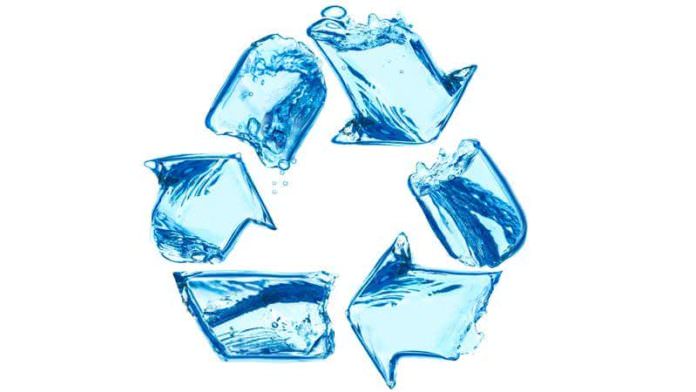
The tremendous population growth of the last 50 years and the arid nature of much of the state are major reasons Texans are concerned about water. If Texas is going to continue to be a good place to live, we must have adequate, clean water.
A partial solution is recycling produced water. Produced water is brought to the surface in association with hydrocarbon production. This water must be separated from the hydrocarbons and disposed of in some manner. Much of the time it is pumped back into the ground. Often it is used in waterflooding or to maintain pressure in a reservoir or other activities designed to produce more hydrocarbons. Sometimes it is just put down a saltwater disposal (SWD) well. Every barrel of produced water that would have gone down an SWD that is recycled and put to a beneficial reuse is one less barrel of water used from the existing water resources of Texas.
We need to encourage water recycling by ensuring that governments write regulations as a goal to be achieved. For example, if we want to use recycled water for a certain beneficial use, it should be allowed as long as the recycled water meets the specifications for use in that type of application. If regulations are written to require certain technologies and processes rather than end results, you run the risk of having rules that are obsolete within a short period of time. An important lesson I learned while I was on the Railroad Commission of Texas came when we were rewriting the recycling regulations. We had many complaints that our old recycling regulations promoted obsolete technologies, cost the industry unnecessary expense and delivered less than optimal results. After months of work and consultation with industry and other interested parties, we came up with new recycling rules. One of the most important things I learned going through that process is that recycling is not the goal or the end of the process. Beneficial reuse of the recycled product (water) is the end goal.
If we are going to reuse produced water, we need permitted beneficial uses of the water. In order to have permitted beneficial uses of produced water, we must have more experiments like the 2015 activity conducted at the Texas A&M AgriLife Research Station in Pecos, Texas, where recycled produced water was used to irrigate cotton. From my personal experience with the project, I can say that it was difficult to bring all the industrial and governmental groups together to make the project work. They only grew a few acres of cotton. The cotton grown was not put to any end use. There were severe limits to the amount of recycled produced water they were allowed to use to irrigate the cotton. In fact, the cotton was irrigated only partially by recycled produced water. There was a control patch close by that was irrigated following normal practices at the station. The ground and water at both the test and control acres were tested before, during and after the experiment. While we should make sure the health of people and the safety of the land and water is not compromised by these activities, it is important that beneficial reuse of water be allowed if it is found safe. This can only be confirmed if experiments like the one at Pecos are encouraged and allowed by governmental agencies.
About the author: David Porter has served as a Railroad Commissioner (2011–17) and Chairman (2015–16), as well as Vice Chairman of the Interstate Oil and Gas Compact Commission (2016). Prior to service on the Commission, Porter spent 30 years as a CPA working with oil and gas producers, service companies and royalty owners in Midland, Texas. Since leaving the Commission, Porter works as a consultant for oil and gas companies. He also serves as Chairman of the 98th Meridian Foundation, a nonprofit concerned with water, energy and land issues.














